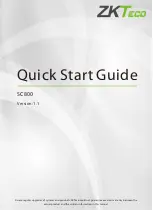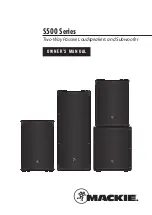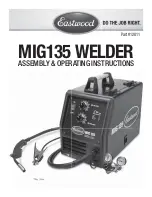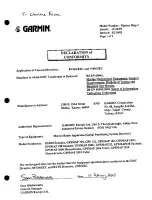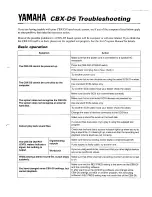
55
GB
Additional Inf
orma
tion
MHC-M20D.GB.4-736-071-
13
(1)
•
•
Turn off the system and remove
the USB device. If the USB device
has a power switch, turn the USB
device off and on again after
removing it from the system. Then,
perform the transfer again.
•
•
If the transfer and erase
operations are repeated multiple
times, the file structure within the
USB device becomes fragmented.
Refer to the operating instructions
of the USB device on how to deal
with this problem.
•
•
The USB device was disconnected
or the power was turned off
during transfer. Delete the
partially-transferred file, and
perform the transfer again. If this
does not fix the problem, the USB
device may be broken. Refer to the
operating instructions of the USB
device on how to deal with this
problem.
Audio files or folders on the USB
device cannot be erased.
•
•
Check if the USB device is write-
protected.
•
•
The USB device was disconnected
or the power was turned off
during the erase operation. Delete
the partially-erased file. If this
does not fix the problem, the USB
device may be broken. Refer to the
operating instructions of the USB
device on how to deal with this
problem.
There is no sound.
•
•
The USB device is not connected
correctly. Turn off the system and
reconnect the USB device, then
turn on the system and check if
“USB” appears on the display.
There is noise, skipping, or
distorted sound.
•
•
You are using an unsupported USB
device. Check the information on
the website about compatible USB
devices (page 11).
•
•
Turn off the system and reconnect
the USB device, then turn on the
system.
•
•
The music data itself contains
noise, or the sound is distorted.
Noise may have entered during
the transfer process. Delete the
file, and try transfer again.
•
•
The bit rate used in encoding an
audio file was low. Send an audio
file with higher bit rate to the USB
device.
“READING” is displayed for an
extended time, or it takes a long
time before playback starts.
•
•
The reading process can take a
long time in the following cases.
•
—There are many folders or files
on the USB device (page 10).
•
—The file structure is extremely
complex.
•
—The memory capacity is
excessive.
•
—The internal memory is
fragmented.
“NO FILE” appears on the display.
•
•
The system has entered the
software update mode, and
all buttons (except
) are
deactivated. Press
on the unit to
cancel the software update.





























